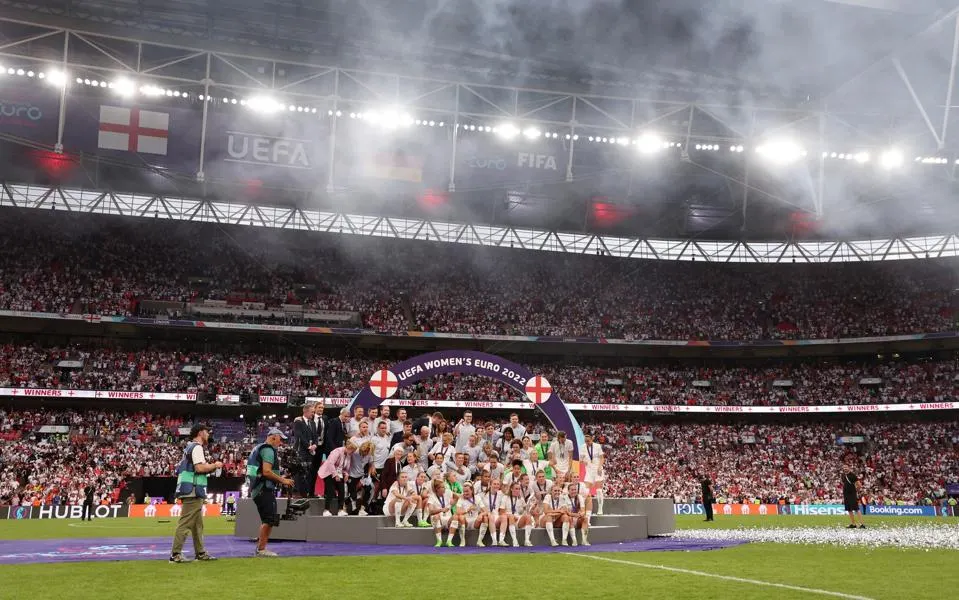Women’s Soccer sees global surge in popularity and participation
by Lwandiso Simanga
The popularity of women’s soccer has seen remarkable global growth, especially in the lead-up to major tournaments like the UEFA Women’s Euro. Following England’s hosting in 2022 and the upcoming tournament in Switzerland, appreciation for the sport has increased significantly by 22% in Switzerland alone.
Participation figures are even more striking. France has experienced a 150% increase in female player numbers over the past five years, while Spain has seen a 95% rise. China leads globally with a 300% surge in girls participating in the sport, alongside an estimated 186 million new fans over the same period. Interestingly, data shows that individuals who play the sport are 26% more likely to become dedicated fans.
However, the countries with the highest proportions of women’s soccer fans are not in Europe. Colombia tops the list, with 50% of its population following the sport, followed by the United Arab Emirates, Mexico, Brazil, and India.

image: Getty Images
Demographically, half of all women’s soccer fans are aged between 25 and 44 higher than the 44% average for other sports. Notably, 47% of these fans fall into the top income bracket, compared to 37% of the general public, highlighting a commercially valuable audience for sponsors.
Fan demographics are also shifting. In 2019, men made up 57% of the women’s soccer fan base. By 2024, gender representation had balanced out, and projections suggest women will make up 60% of the audience by 2030.
Corporate sponsorship has evolved in response to this growth. PepsiCo, a long-time supporter of the men’s UEFA Champions League, began sponsoring the women’s game in 2019. From the next season, Pepsi will bring its high-profile ‘kick-off show’ to the UEFA Women’s Champions League final in Oslo, with plans to expand further into the UEFA Women’s Euro by 2029.
These trends point to a bright future for women’s soccer both in terms of participation and commercial opportunity.



